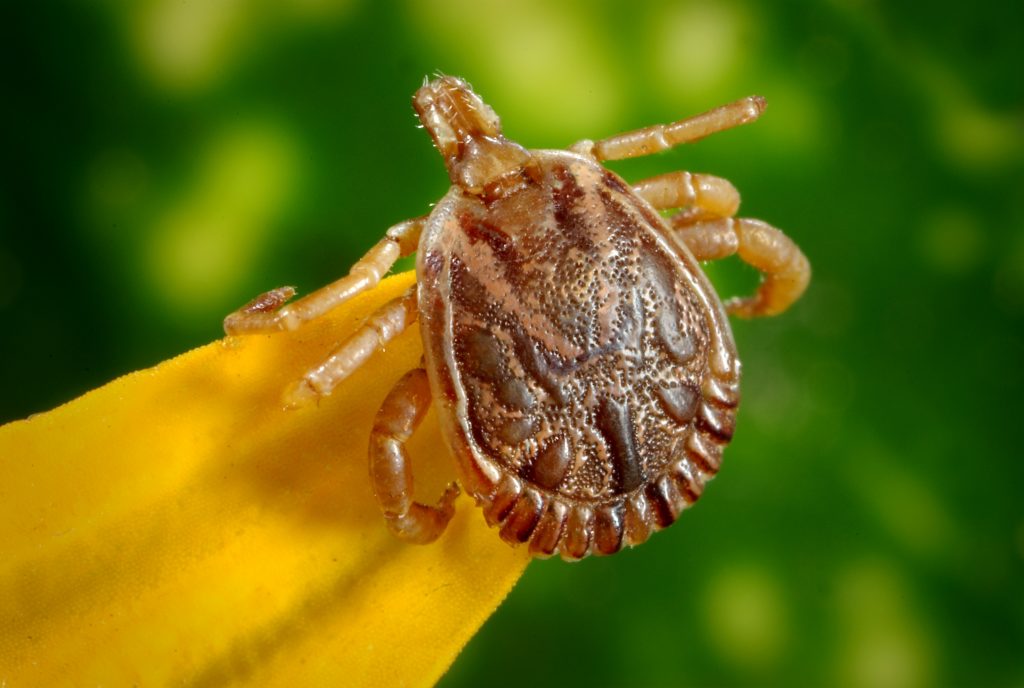What Makes a Good Dog Owner?
After reading this title, I bet you already have several things in mind. You may have also mentally patted yourself on the back for all the things you do that make you a good dog owner. But who decided on these criteria? Who is best qualified to judge the actions of dog owners across the country?
This subject came up in a recent conversation with a friend, whom I consider a very dedicated dog owner. She mentioned a particular thing that she did not do, and prefaced it with the phrase, “Maybe this means I’m not a good dog owner, but…” Sadly, it’s not the first time I have heard an owner say this, often with an apologetic tone. And it came to me after talking with my friend, I realized what I believe is the biggest reason for owners to feel ashamed for not being “good” dog owners. Or rather, the entity responsible. And that entity is the veterinary industry.
By the veterinary industry, I mean the entire industry, from veterinary professionals – veterinarians, veterinary technicians, veterinary pharmaceutical companies, and veterinary colleges and associations. And by extension, many pet industry businesses and organizations, such as groomers, boarding/daycare facilities, pet stores, shelters, and rescues, will broadcast and perpetuate these “good” dog owner mandates.
So what are some of these criteria that many dog owners feel they don’t meet? Here are my top 3, in no particular order:
- Giving flea and tick products every month, year round, no matter the dog’s geographic location or lifestyle
- Giving heartworm preventative monthly year round, no matter the dog’s geographic location
- Feeding the same food (brand, protein, formulation) every day for years of the dog’s life, with no rotation, additions, or even supplements
Before the keyboard warriors get in full gear to tell me how wrong I am on each of these points, please read the rest of this post to better understand why I feel this way. As a bonus, I will also share what I believe to be a better approach for your dog.
First, flea and tick protection. No one is disputing that these bugs are a nuisance, and can pose a health threat to our dogs. No one wants their dog, home, or yard infested. Yet the industry and pet mythology stipulate that you must give your dog a preventative pesticide (yes, flea and tick products are pesticides, not drugs) each month. Do you live where there is snow from November through April? Are there many fleas there at that time? What if you live in a city environment, where your dog only walks on the street — are there many ticks there? I believe it is important to assess the risks and benefits of any product before giving it. There is zero value in protecting against something your dog has no exposure to. And there is a cost, even if only to your wallet. If your dog should have an adverse reaction to a product, such as seizures from one of the oral flea and tick products, the cost may not only include money but also extend to lasting damage to your dog.
Next, take heartworm prevention. In many southern areas of our country, heartworm disease is rampant, and does occur year round, as the mosquitoes which spread it survive 12 months of the year. Even here in the Northeast, heartworm disease is on the rise as rescue groups bring more dogs up from the southern states. However, when there are no mosquitoes, there is no risk of heartworm disease. So in January, when our average temperature is under 30 degrees F (and often we have weeks in the single digits), the risk of heartworm disease is zero. So why give preventative then? Mosquitoes do not survive below 50 degrees F. Keeping in mind that the heartworm preventatives are actually treating for any possible infection that happened in the previous 30 days, it is a simple thing to look at daily temperatures, and treat only if there were days above 50 degrees. Beyond this, those who live in desert environments or northern midwestern states have extremely low numbers of mosquitoes per the CDC, making them lower risk heartworm areas. Again, it’s about doing a thoughtful risk/benefit analysis rather than doing something by rote.
One of the complications of preventatives is that combination products are becoming more popular. These products can prevent fleas, ticks, heartworms, and various intestinal parasites. Using these products removes the ability to address only what the dog is at risk for at a given time. Not only does this waste your money, it also potentially puts pesticides and drugs into your dog’s body needlessly and without benefit. I believe it is far more advantageous to be able to tailor your preventative needs to your dog’s lifestyle, environment, and any other relevant risk factors by using single or limited purpose products rather than combinations.
Finally, we come to one of the most widely perpetuated myths of “good” dog care — that is to feed the same product, every day, every meal, for life. Never change foods. Never, ever feed “people food.”
Do you know what happens when you eat the same ultraprocessed food every day, every meal? Remember the documentary “Supersize Me?”
So what do you think happens to your dog after eating this sort of diet in the form of canned or kibble for YEARS?
I get that not every owner will be able to feed a fresh, whole food diet. But anyone can do small things to improve a kibble or canned diet. Rotate forms of food, feeding at least some less processed products (like freeze-dried, dehydrated, or commercial nutritionally complete raw or cooked products). Learn how to safely replace up to 20% of your dog’s meal with appropriate fresh proteins and vegetables. At minimum, rotate brands and formulations/proteins in your kibble to provide variety and offset any problems a specific product may have.
In my practice, my best owners are those that ask questions and consider the options, rather than those who spend the most money or do every vaccine or medication available. For some veterinarians, these owners would be consider “challenging” or “high maintenance.” For me, seeing their names on my schedule makes my day. Working with them is an opportunity to share knowledge and a work together to help their dog the healthiest and longest life.

